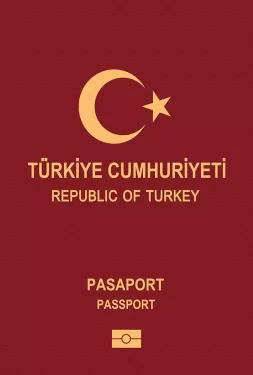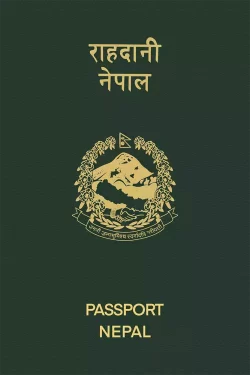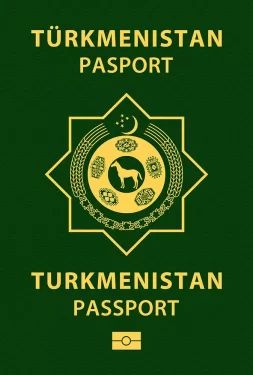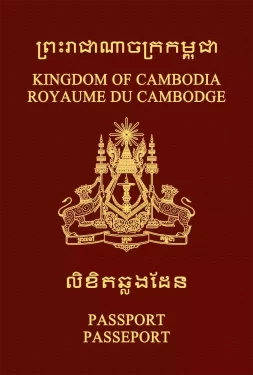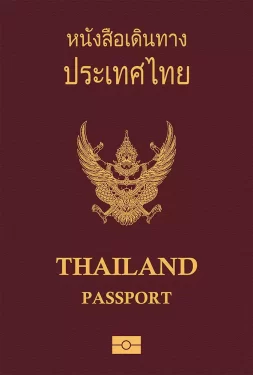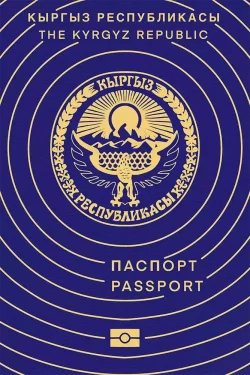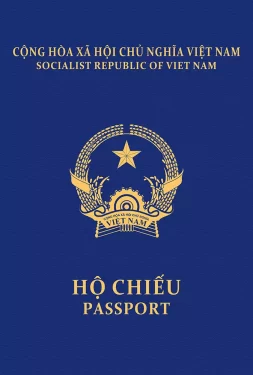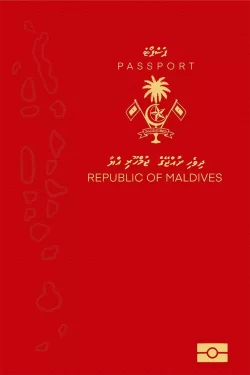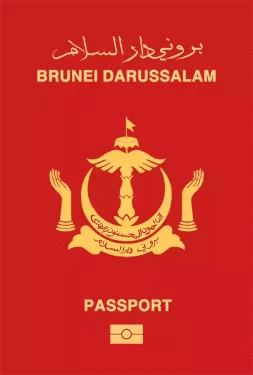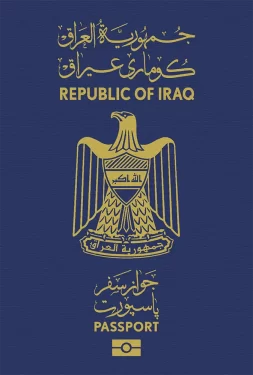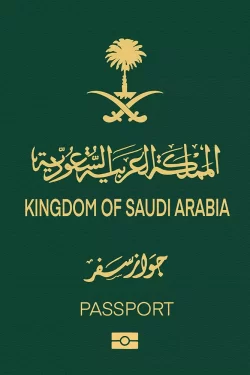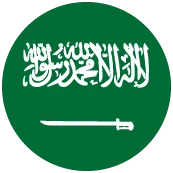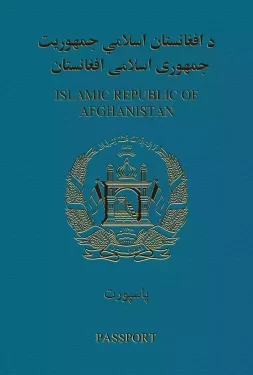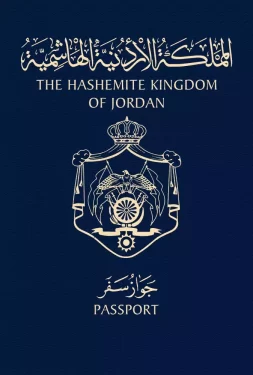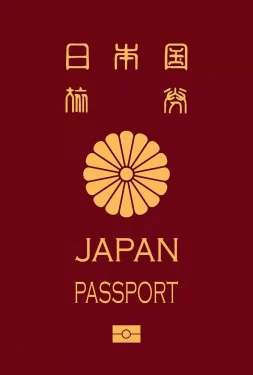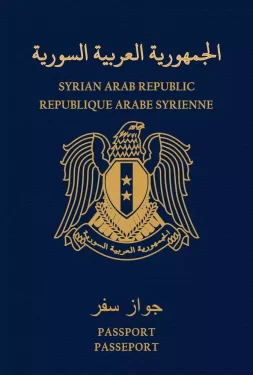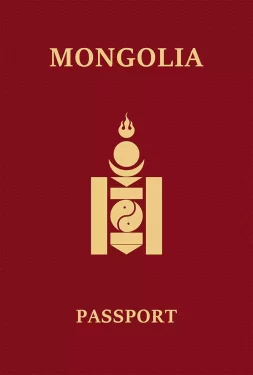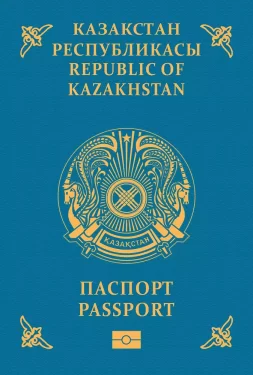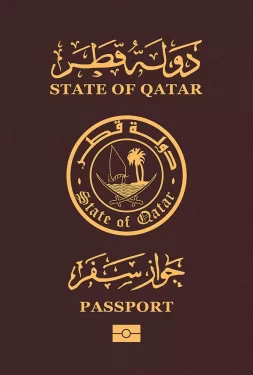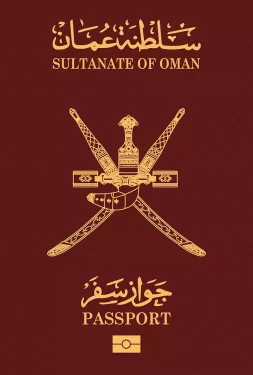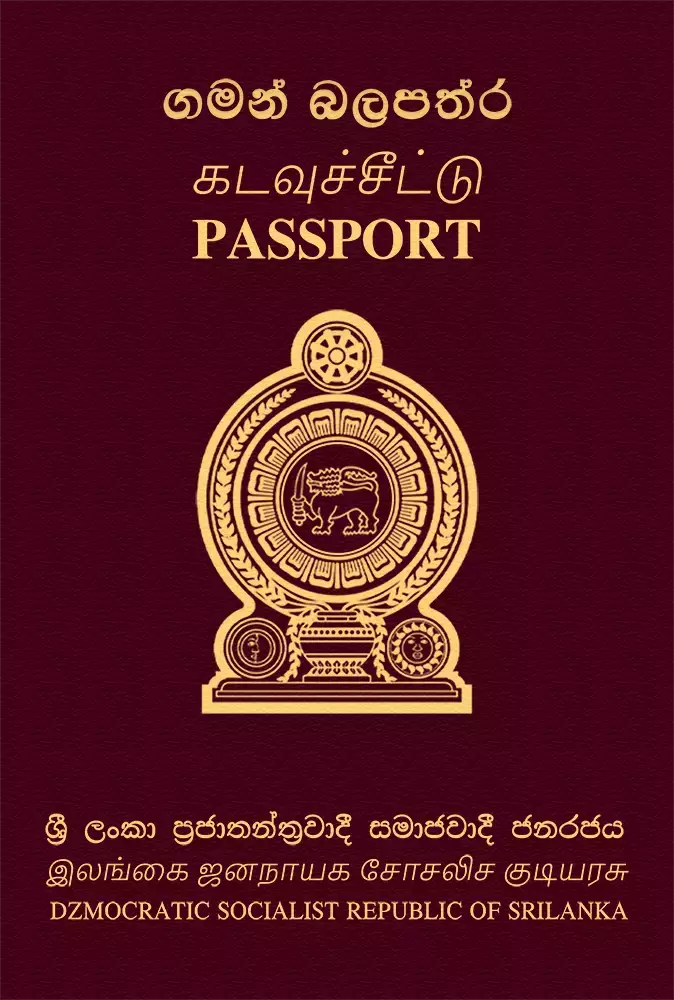

Sri Lanka
Sri Lanka passport ranking
The Sri Lankan passport currently ranks on the 98th place on the Guide Passport Index. It provides visa-free access to 41 destinations. Sri Lankan passport holders have visa-free access and visas on arrival to countries such as Pakistan, Singapore and Dominica. Sri Lankan citizens do however require a visa to enter 188 destinations in the world such as China, Russia, the United States and the entire European Union. This high visa requirement results in a very low mobility score.
Sri Lanka Passport Ranking
The Sri Lanka passport ranking relative to other global passports is calculated by adding up the number of countries that allow Sri Lanka passport holders to enter without a visa (i.e. visa-free countries) and those that allow Sri Lanka passport holders to enter by obtaining a visa on arrival (i.e. visa-on-arrival countries) or an electronic travel authorization (eTA). There are currently a total of 19 Sri Lanka passport visa-free countries, 20 Sri Lanka visa-on-arrival countries, and 2 eTA destinations.
Altogether, Sri Lanka passport holders can enter a total of 41 destinations—either without a visa, through a visa on arrival, or via an eTA. As a result, the Sri Lanka passport ranks 98 in the world.
Separate from these Sri Lanka visa-free countries and visa-on-arrival countries, there are 188 additional destinations which Sri Lanka passport holders either need a physical visa to enter or an eVisa (i.e. visa required countries).
About Sri Lanka
The Democratic Socialist Republic of Sri Lanka is a former British colony. Located in Southern Asia, the island country consists of 9 provinces. The most important provinces are Colombo, Kandy and Galle. Sri Lanka is the 36th largest country in Asia with a surface area of 65,610 square kilometers. Its climate is of the tropical monsoon type with a northeast and a southwest monsoon. Its terrain is characterized by low rolling plains with south central mountains.
The overall population is over 21.8 million people. The capital of the country is Colombo, which is also the largest city of the country with more than 800,000 inhabitants. Other important cities are Kaduwela, Maharagama and Kesbewa. The largest airport is Bandaranaike International Airport (CMB) with 10 million annual passengers. It connects the country to destinations around the world and it is named after the fourth prime minister of Sri Lanka: Solomon Bandaranaike.
Sri Lanka gained independence from Britain in 1948. The country’s culture mixes traditional aspects with modern elements. The main religions followed by the population are Buddhism and Hinduism. The official languages of the nation are Sinhala, Tamil and English. The legal system is based on the Roman-Dutch civil law, English common law and customary laws. The government form is a presidential republic. Gotabaya Rajapaksa is the elected chief of state and the head of government. Elections take place every 5 years.
The official currency is the Sri Lankan rupee (LKR) with the current exchange rate being LKR 185 to the USD. Sri Lanka has an open economy, generating a GDP of approximately $321 billion. This makes it the 4th largest economy in South Asia. It has a per capita income of $14,509. The main GDP contributing sectors are services and industry. The main export products are cinnamon, rubber, tea, coconuts, tobacco, rice, sugarcane and grains. Tourism also plays a very important role as GDP contributor.
Sri Lanka is a beautiful tourism destination. It is known for its wildlife, historic towns and national parks. There are 8 UNESCO world heritage sites scattered across the country. The main tourist activities are hiking, diving, trekking and sightseeing. Some destinations are the Nine Arch Bridge, Mihintale, Gal Viharaya, Udawalawe National Park, the Dambulla Cave Temple and the Temple of the Tooth. The majority of the 1.9 million yearly tourism visitors is originating from the neighboring Asian countries and Europe.
